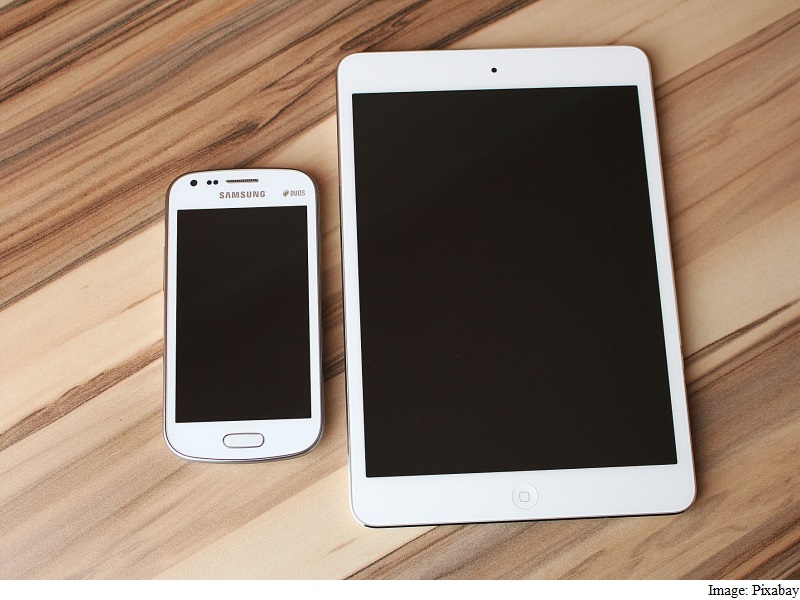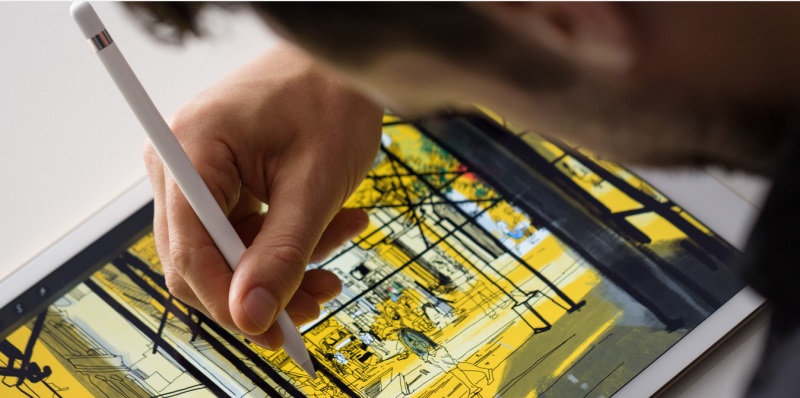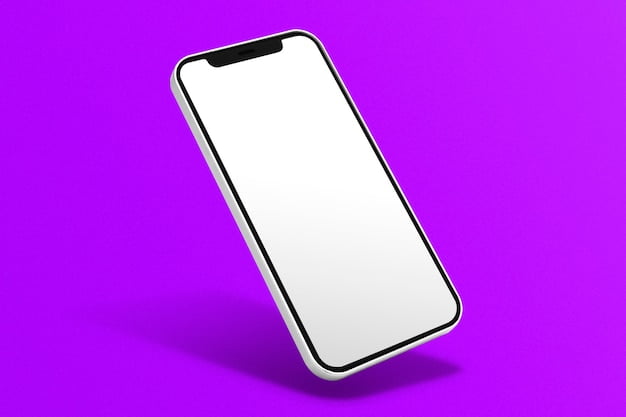
Remember the phones we had just ten years ago? There was a huge variety in design, with unique keyboard styles, flip phones, and sliders. The slim blank glassy bar that everyone associates with phones today is a far cry from those days.
The iPhone put an end to the variety of designs we would see in our handsets – Android followed, not just in function, but also in form, and while Qwerty phones and designs like sliders still hung around for a while on the Android side of things, it was clear that the time of the all-glass front panel was here.Apple, and Samsung, made the most of this design, to the point where it is the standard today in any phone you look at, and the last few BlackBerry phones with keyboards look strange.
We’ve been stuck with a single design for some time now though. You can make the phone a little thinner, or move the buttons to the back, but that doesn’t really change much. Samsung decided to add curved edges to the display which is an interesting tweak, but not much of a change either, and it’s not something that other brands are willing to follow up on yet; almost every phone is just another slab.
 But while the slab form factor is very useful in some ways – that large screen is great for browsing the Web, reading through Facebook and Twitter, or watching movies – it’s quite unhelpful when you’re actually trying to get things done on your device, and that’s why there’s a giant accessory market that tries to make these slabs more useful by bringing back those exact design elements the companies have done away with.
But while the slab form factor is very useful in some ways – that large screen is great for browsing the Web, reading through Facebook and Twitter, or watching movies – it’s quite unhelpful when you’re actually trying to get things done on your device, and that’s why there’s a giant accessory market that tries to make these slabs more useful by bringing back those exact design elements the companies have done away with.
Bluetooth keyboards, phone covers that double as keys, and styli (either built-in, or third-party, which you keep in your pocket) are growing in popularity and getting better too. LG recently came up with a foldable and ultra-portable keypad which rolls itself to fit anywhere, called the LG Rolly. The keypad houses a remarkable design and a feature that lets you roll the keypad into a cube, so it can be more portable when not in use. Microsoft also has a foldable keyboard you can slip into your pocket, which works with Android and iOS. Samsung’s Note series of phones meanwhile has always made great use of the stylus, and Apple revealed the Apple Pencil recently as well, albeit it works with only one iPad model right now.
 The smaller players have been trying new things to catch up with the big boys for a while too.YotaPhone for instance came out with a dual-screen phone, breaking the form factor monotony. AndBlackBerry remains a staunch supporter of Qwerty keyboards, even if its success has been limited of late.
The smaller players have been trying new things to catch up with the big boys for a while too.YotaPhone for instance came out with a dual-screen phone, breaking the form factor monotony. AndBlackBerry remains a staunch supporter of Qwerty keyboards, even if its success has been limited of late.
Samsung too has experimented with unique designs, such as the Samsung Galaxy K Zoom, a niche product of the company which was closer to a digital camera than a phone. Nokia did something similar with the Nokia 808 Pureview phone, which was routinely compared to DSLRs.
These attempts were not very successful, but the huge number of accessories that transform our devices – and these often come in the form of covers you won’t remove – shows that the slab is now dated. It’s time to embrace new designs again, and these various accessories are a hint towards the future to come.
[“source-gadgets”]




